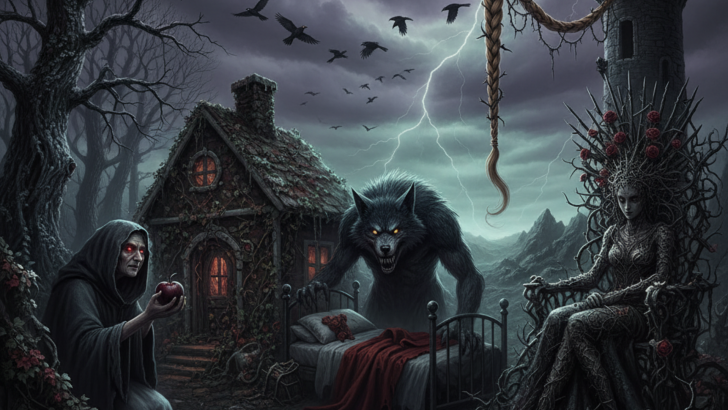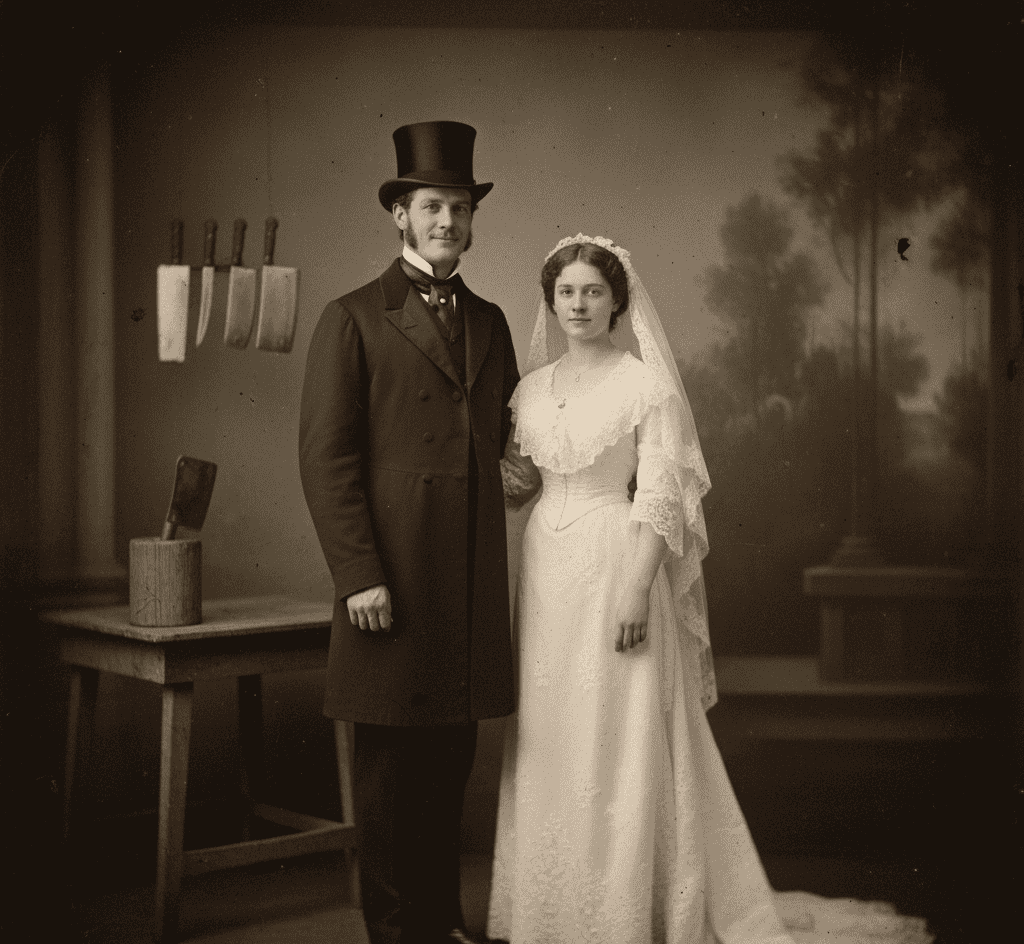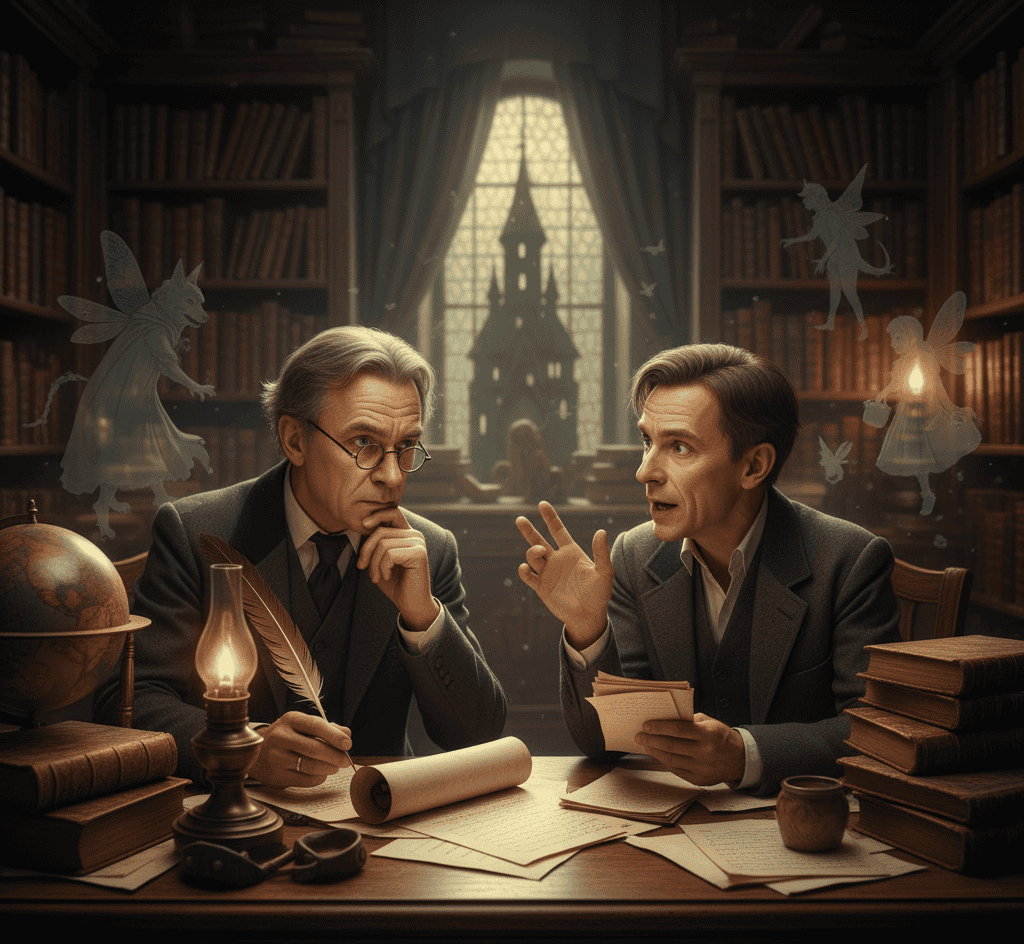If you grew up with colorful storybooks and cheerful cartoons, the original Grimm fairytales might feel like stepping into another world entirely.
Their stories are older, stranger, and often much darker than the polished versions we know today.
Yet that darkness is exactly what makes them fascinating. These tales weren’t meant to be cozy bedtime stories.
They were warnings, reflections of real fears, and sometimes pure human imagination gone wild.
So, let’s walk through the shadows together and explore the Grimm stories that still chill the spine, even centuries later.
1. The Forest Where Innocence Gets Lost
One thing the Grimm brothers loved more than anything? A dark forest. In their world, the forest is never just a group of trees.
It’s a place where choices matter, where evil hides, and where children quickly learn that the world isn’t always kind.
Toma Hansel and Gretel. Today, we remember the candy-covered house and maybe the gingerbread roof.
But the heart of the tale is grim: parents abandoning their children, hunger pushing them into danger, and a witch whose sweet home hides a deadly trap.
It reads like a nightmare shaped from real worries of the time – famine, poverty, and the terrifying idea of being left behind.
Then there’s Little Red Riding Hood, a story that has been softened so much that many forget just how brutal its origins are.
In some early versions, there’s no heroic hunter charging to the rescue. The wolf wins.
The lesson was simple, even if harsh: trust the wrong stranger, take the wrong path, and the world will swallow you whole. The Grimm forest was never a place to wander without caution.
What makes these stories powerful even now is how clearly they speak to the universal experience of growing up.
It’s about stepping from safety into the unknown, learning that danger sometimes wears a friendly face, and discovering that bravery isn’t always enough. The forest tests everyone, and not all pass.
2. Witches, Curses, and Cruel Magic
Grimm fairytales don’t shy away from magic, but their magic is often sharp-edged and never free.
Witches, stepmothers, and enchanted creatures frequently appear, and they rarely come offering hugs.
En Snow White, the evil queen isn’t just jealous. She’s obsessive, relentless, and unafraid to kill a child to stay beautiful.
In the original, she doesn’t fall off a cliff or fade away quietly. Instead, she is forced to dance in red-hot iron shoes until she dies. Talk about a dramatic ending.
Or think of Rapunzel. Instead of the light, sweet version popular today, the Grimm tale includes imprisonment, betrayal, and consequences that echo for years.
Rapunzel isn’t just rescued after a haircut. She is cast into the wilderness, pregnant and alone, while her prince is blinded by thorns.
What’s interesting is how these magical villains often represent something deeper: fear of aging, fear of losing security, fear of the unknown forces that shape a person’s future.
The curses and spells make it easier to talk about real human anxieties. Wrapped in magic, they become stories people can tell around fires without naming the truths directly.
3. The Monsters That Look Like Men
One of the darkest themes the Grimms return to again and again is the idea that danger often comes disguised as something familiar.
It isn’t always dragons or trolls; sometimes the monster is a man with a charming smile and terrible secrets.
The best example is The Robber Bridegroom, a tale rarely told to children for obvious reasons.
In this story, a young woman becomes engaged to a man she doesn’t know well.
When she visits his home in the woods, she discovers that he is part of a group of murderers who kill and eat their victims.
She manages to escape and later exposes him publicly at their wedding ceremony.
The story is shocking, but also strangely empowering: a reminder that intuition matters, that evil can masquerade as safety, and that speaking the truth can save a life.
Another disturbing tale is Fitcher’s Bird, which is basically the Grimm version of Bluebeard.
A sorcerer kidnaps sisters one by one, kills them, and stores their bodies in a hidden room.
But the youngest sister outsmarts him, reassembles her siblings, escapes, and burns his house to the ground.
It’s brutal, but it’s also a story of cunning and courage. It’s a reminder that survival often belongs not to the strongest, but to the cleverest.
These stories might be dark, but they explore timeless fears: trusting too quickly, ignoring red flags, or assuming someone is harmless just because they seem polite.
4. Why the Darkness Matters
It’s easy to ask: why were these stories so dark? Why tell children such frightening things?
But when you look deeper, the darkness isn’t meaningless. It’s a tool, a teacher, a mirror held up to life when life itself wasn’t easy.
In the centuries when the Grimm brothers collected these tales, the world was rough in ways most of us can hardly imagine.
Illness was common, poverty widespread, and the difference between safety and danger could be as simple as taking the wrong road.
These stories weren’t created to traumatize; they were meant to prepare. They taught children to be cautious, to listen, to think.
They offered emotional rehearsals for real fears. Even today, the darker edges of fairytales resonate because they carry truths we still recognize.
The world can be unfair. People can be cruel. Choices have consequences. But at the same time, bravery, kindness, cleverness, and resilience matter.
Even in the bleakest stories, there is almost always a spark of hope, someone who escapes, someone who learns, someone who survives.
There’s a reason we keep coming back to Grimm fairytales in movies, books, and conversations. It isn’t just nostalgia. It’s because these stories still feel alive.
They remind us that humans have always told tales to understand fear, to explain the unexplainable, and to pass wisdom from one generation to the next.
And maybe that’s why the Grimms will always matter. Their stories aren’t just meant to be read, they’re meant to be felt.

Siempre sentí una fuerte conexión con lo Divino desde mi nacimiento. Como autora y mentora, mi misión es ayudar a los demás a encontrar el amor, la felicidad y la fuerza interior en los momentos más oscuros.





